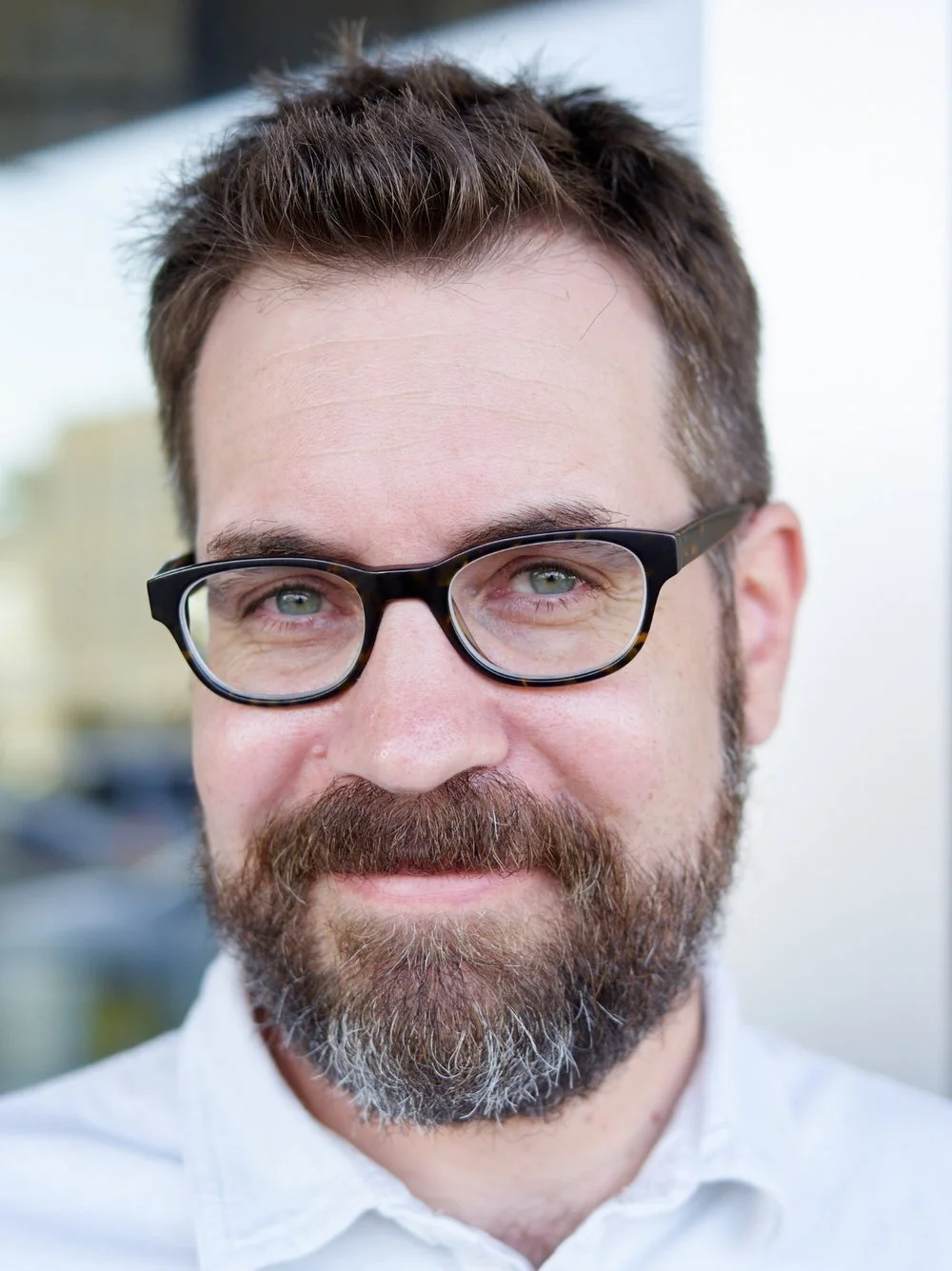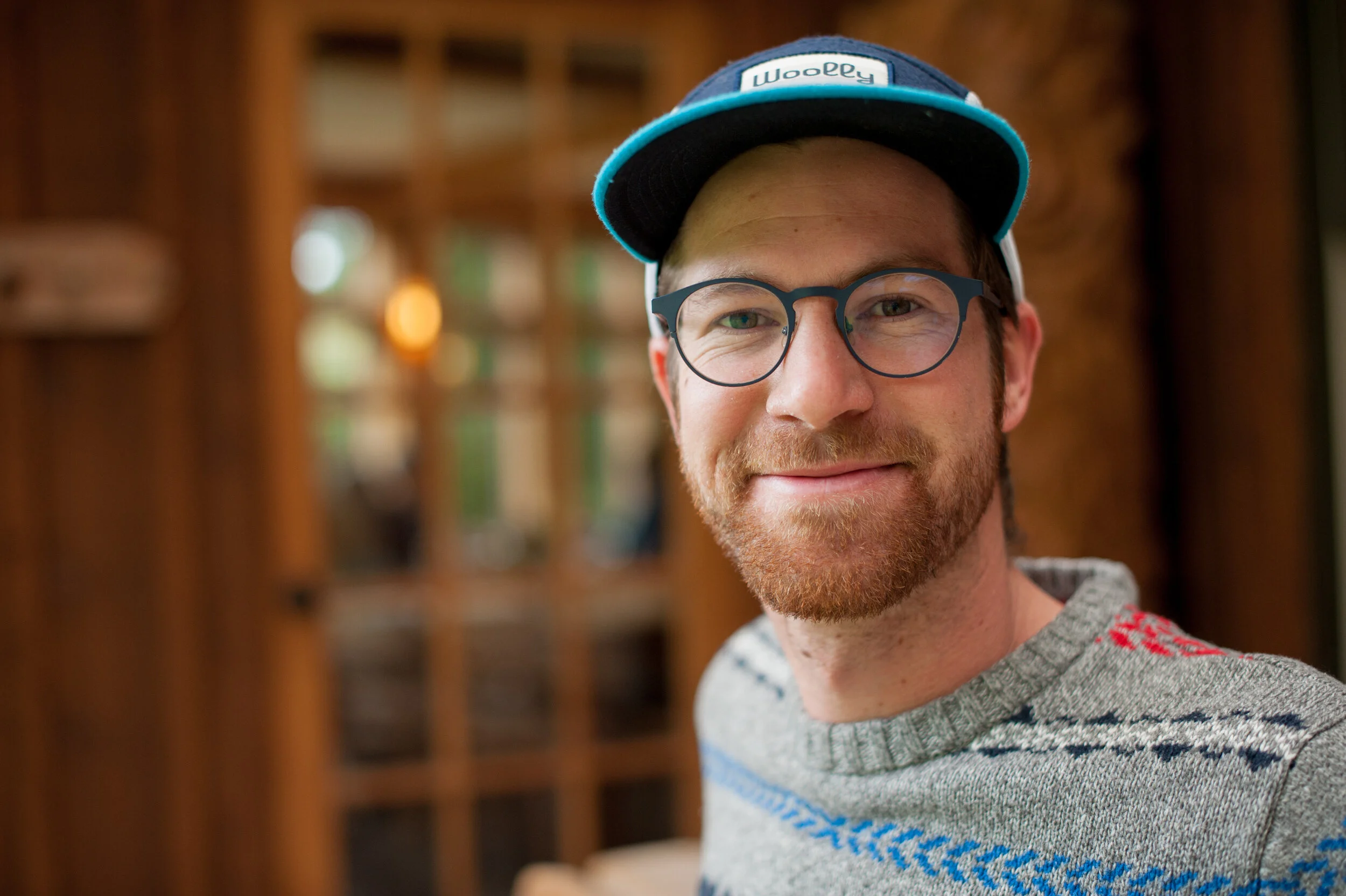Dustin Messer, minister and teacher, offers us a glimpse of the soulful simplicity of Ryan Flanigan’s art and song.
A Letting of the People’s Soul: On the Retrieval of Folk Music
Meaningful rebellion isn't the absence of order, but the harkening to an order that's more true, good, and beautiful than the status quo. In other words, to protest one must first profess.
For many, folk music is synonymous with the rampant individualism of the 1960s counterculture. Others see the roots of folk as more complex and ripe for retrieval.
In his now classic piece on Bob Dylan, Francis J. Beckwith shows that, at its best, the deconstructive edge of folk was grounded in something deeper than any one artist:
"There is in Dylan’s artistic journey a continual return to the sources: Scripture, the folk tradition, American standards, Great Books, etc. For Dylan, these are not merely museum pieces to be dusted off so that we can appreciate (and perhaps admire) our primitive ancestors. Rather, they are, as he said of St. Augustine, 'alive as you or me.' They serve as both guidelines and raw material from which one can compose new lessons from perennial truths. This requires that one deny the modern fetishes of moral innovation and cultural debunking while at the same time rejecting the traditionalist reflex to be skeptical of all change and dissent.”
This brings me to my friend, Ryan Flanigan.
If you’ve ever hummed Veni Sancte Spiritus in an elevator or found yourself singing the Decalogue in traffic, perhaps your playlist includes the stylings of Liturgical Folk.
Flanigan’s music project started in 2012 when he first set an ancient prayer to a folksy melody. When his friend and collaborator Malcolm Du Plessis heard the old words of St. Patrick’s Breastplate and the Sanctus being arranged in an Americana style, his reaction was prescient: “That’s liturgical folk.”
Flanigan may sing to us, but he doesn’t sing for many of us: “I’m never thinking of the 30 or 40-year-old when composing.” Children and retired people—that’s who Liturgical Folk is aimed at. “Their lives are simpler and spent nearer the soil,” he explains. “If art resonates with the old and the young, it will be true for everyone in-between.”
Reflecting on modern worship music, Flanigan notes its tendency to target young adults: “This generation of evangelicals is always looking for the new and improved and always improving. It creates an emotional experience for some, but the older folks feel left out and the kids are in the back doodling.”
Perhaps the first thing people notice when visiting the church where Flanigan (and I) serve are the moments of quiet: between songs, before prayers, after the Eucharist. In an age of large worship bands, flashy stage productions, and deafening amplification, Flanigan’s sound is getting attention for its soulful simplicity.
“It’s the sound that arose when what was coming down from Appalachia collided with what was coming up from the plantations.” This, he says, is the key to the music’s accessibility: Folk music was never handed to the people from on high, it was birthed out of the soil.
“It’s a letting of the people’s soul.”
This is what Flanigan calls “byway art.” It’s the music that bubbles up from people with limited access to power or influence. He contrasts this with “highway art,” which comes from the academy and is handed down to the people.
“You’ll always recognize byway art,” he tells me, “because it’s not signed.” Its anonymity is a result of its communality: A person makes highway art, a people make byway art.
Flanigan is quick to demur as he talks of the myriad people who made Liturgical Folk possible. A retired priest, Nelson Koscheski, who sent him one poem after another that Flanigan set to music. His church, whom he leads in worship each Sunday. His kids, whom he wanted to be able to sing the Lord’s Prayer. Flanigan’s reticence to sign his art is indicative of the fact that he doesn’t view it as his.
By bringing the grass-roots music of the country’s soil into the heights of the church’s liturgy, Flanigan is grounding his artistry in a people and a place. In that way, his project today isn’t very different from Dylan’s yesterday: He’s retrieving a vision of folk music that’s grounded in something deeper and wider than any one artist.
Dustin Messer ministers at All Saints Dallas and teaches at Legacy Christian Academy in Frisco, TX. Additionally, Dustin serves on the board of directors at both the Evangelical Fellowship in the Anglican Communion (EFAC-USA) and the Center for Christian Civics in Washington, D.C. Before starting his doctoral work at La Salle University, Dustin graduated from Boyce College, Covenant Theological Seminary, the World Journalism Institute, and completed a fellowship at the National Review Institute.
Read More from the Centric Genius series
The modern romantic ideal of the artist is the eccentric genius; a loner, an outcast, different from everyone else. But no Christian exempted from the call to love his neighbor. This series explores the ingredients and avenues with which artist Christian can be a thriving part of the Body of Christ. View the whole series.










